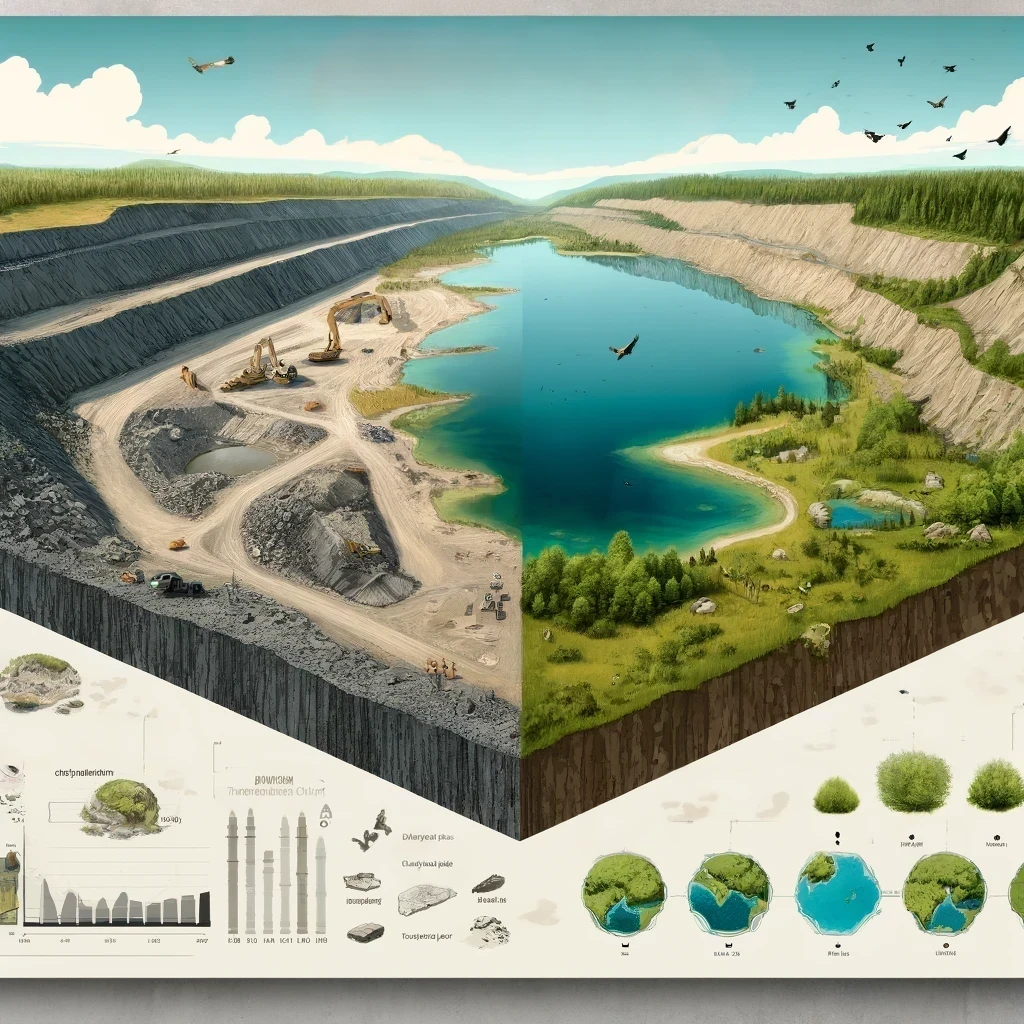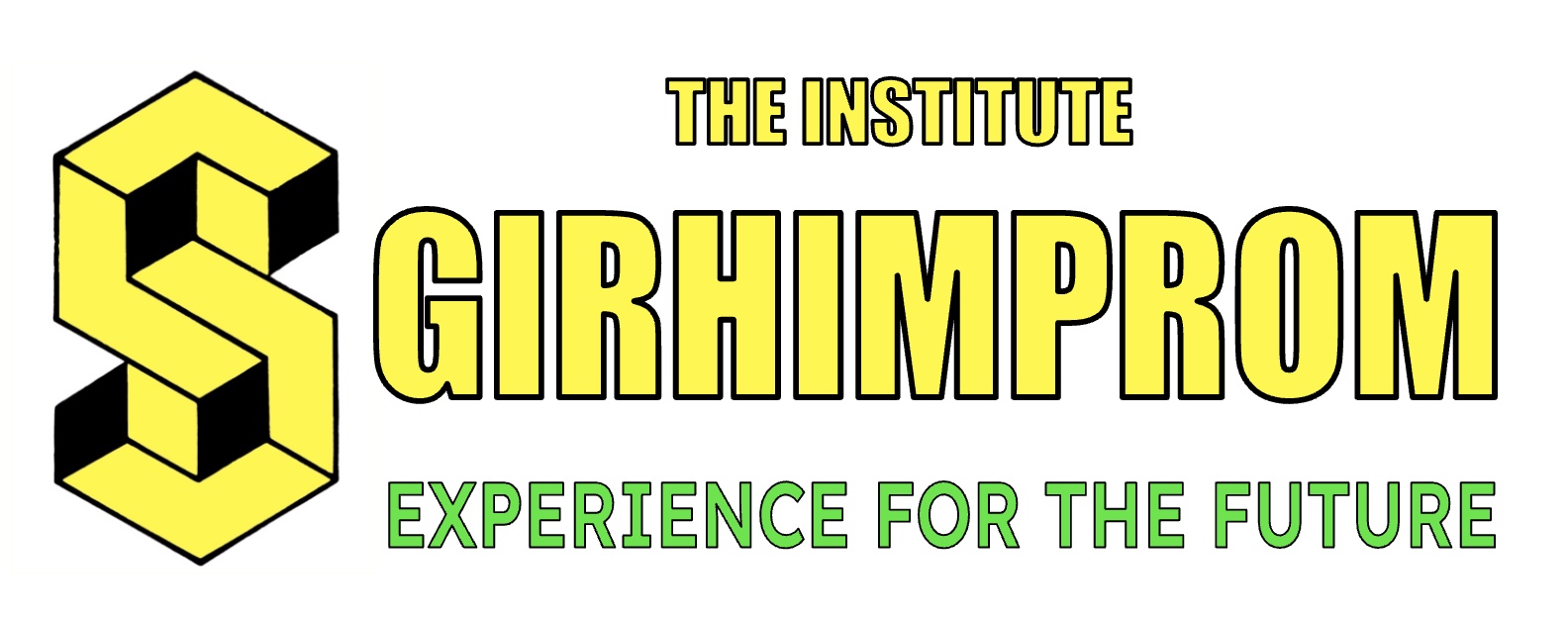
Reimagining Landscapes:
The Art and Science of Reclamation Design
In an era where every square kilometer of land matters, reclamation isn’t just a duty—it’s a necessity. How we prepare and design these projects dictates the sustainability of entire ecosystems, making what was once unusable, thrive with potential once again. But what does it take to transform degraded lands into useful and ecologically sound landscapes? This is the art and science of land reclamation, a field in which GIRHIMPROM has been setting industry standards.
Understanding Land Reclamation
Land reclamation involves converting disturbed or degraded lands into usable ground. This process is crucial for restoring ecosystems affected by industrial activities and making lands suitable for new purposes, such as agriculture, forestry, or recreational use. However, reclamation is riddled with challenges, including managing contaminated soils, restoring natural habitats, and ensuring the land can support future uses sustainably.
The Preparation Phase
The first step in any successful reclamation project is thorough preparation. GIRHIMPROM’s approach includes:
- Assessment: Conducting comprehensive soil and water tests to understand the extent of degradation and pollutants present. This phase often involves environmental impact assessments to gauge the potential effects of reclamation on surrounding ecosystems.
- Planning: Strategic planning follows assessment, where our experts determine the most effective methods for soil improvement, pollution remediation, and waste management, tailored to the specific needs of each project.
- Regulatory Compliance: Ensuring all reclamation plans comply with local and international environmental regulations is crucial. This not only protects the environment but also ensures that the reclaimed land is legally viable for future development.
Design Innovations in Reclamation
With the preparation groundwork laid, the design phase brings reclamation concepts to life:
- Engineering Solutions: GIRHIMPROM utilizes advanced geotechnical engineering techniques to stabilize and fortify soils, ensuring they can support the intended land use. This might include soil compaction, amendment, or even the creation of new topsoil layers.
- Technology Integration: Leveraging cutting-edge technologies such as Geographic Information Systems (GIS) and drone surveillance helps in creating precise and efficient reclamation designs. These tools enable real-time monitoring and adjustments, ensuring the reclamation meets its intended goals.
- Case Study: One notable project by GIRHIMPROM involved the reclamation of a former mining site. Through meticulous planning and innovative design, the project not only restored the area but also enhanced local biodiversity by reintroducing native plant species and creating habitats for local wildlife.

GIRHIMPROM’s Expertise
At GIRHIMPROM, our team comprises environmental scientists, engineers, and project managers who are leaders in their fields. With advanced technologies and a commitment to sustainable practices, we ensure that every reclamation project is a step towards a more sustainable and environmentally friendly future.
Call-to-Action
Are you looking to transform a degraded site into a sustainable asset? Contact GIRHIMPROM today to find out how our reclamation services can help you achieve your environmental and industrial goals. Download our comprehensive guide on sustainable reclamation techniques to learn more about our innovative approaches.
Conclusion
Thoughtful preparation and innovative design are at the heart of effective land reclamation. As leaders in environmental restoration, GIRHIMPROM is dedicated to transforming challenges into opportunities, ensuring that reclaimed lands are not just usable, but are vibrant ecosystems ready for a sustainable future.
